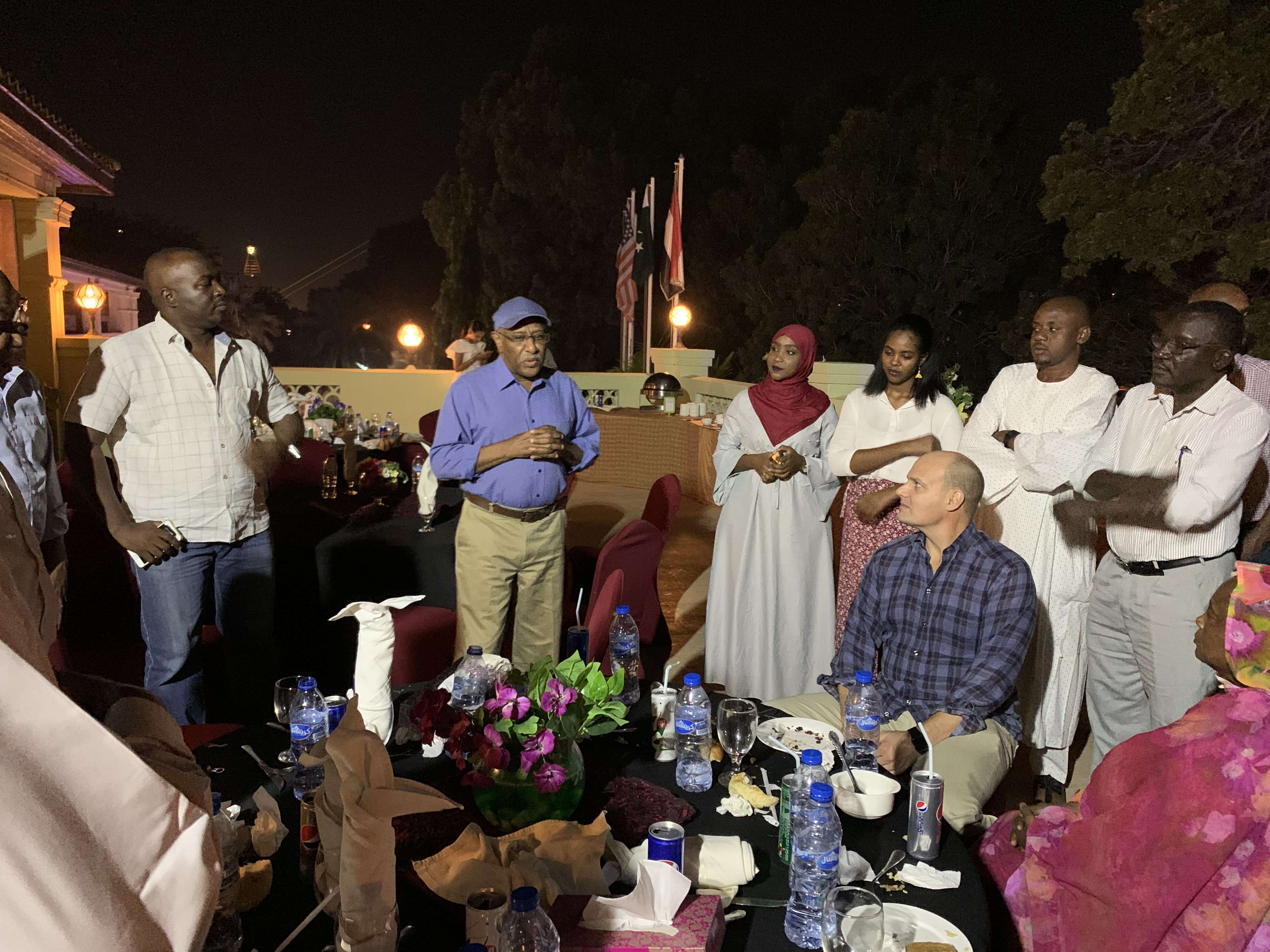
At DT Global, learning and innovation are two of our core values. As a company, we are shaped by our desire to constantly learn from our work and use what we learn to adapt future programming and innovate new ideas. Throughout the month of January, we’re highlighting what Learning and Innovation means here at DT Global: why we believe these two elements are crucial to our work, and how we incorporate them into every aspect of our culture and ethos.
In this installment, Sloan Mann, President for DT Global’s US branch, talks to us about his vision for DT Global as a learning organization and the best ways to infuse a culture of learning and innovation into a company.
At its core, I believe that being a learning organization—incorporating learning and applying the lessons we learn—allows DT Global to design and implement more impactful programs. Of course, this is hard work and when things get busy, it’s easier to store the interesting information we gather in silos. But to implement the kind of high-quality programming that drives true impact, it’s essential that we move beyond these silos to learn from our mistakes and successes alike.
To be really effective as a learning organization, we need to both apply lessons learned from our current programs, and also, be able to capture and apply broader lessons across technical and functional areas. By remaining open to new ideas and new innovations that come from different countries or contexts, we can really grow as an organization.
A key part of making this learning and adaptation happen is being intentional about it. We need to make it a part of our standard operating procedures so that when we are bidding on new work or implementing existing programs, learning and adaptation is built in. And our application of learning shouldn’t just be programmatic. Lessons can come from operations, finance, or any other department. They can be a tool or kind of technology, or just be how we organize staff or information. I encourage creativity and out-of-the-box thinking.
It is undoubtedly difficult to implement learning processes in any environment, especially post-conflict ones. Everyone is busy, and the work is stressful and demanding. I think the way to make learning work in any environment comes back to being intentional about it from the start. It is crucial to make time for strategic reviews and learning pauses on a regular basis, annually or more frequently depending on the program. This needs to be built into the budget at the proposal stage and needs to become second nature for Chiefs of Party and program staff. Every time I’ve done this, the teams invariably find that the time is really well spent, and the program and communities we work with ultimately see the benefit of this effort.

Part of my management philosophy rests on integrating certain foundational elements into the core of how we do business and treat each other as colleagues. Two of these elements are trust and respect in your teams, and I think this trust and respect are also key to creating a culture of learning and innovation. To learn and innovate, staff need to feel empowered to bring their ideas forward, and to feel comfortable doing this, we have to create the right culture of trust and respect so that staff feel that that their opinions matter.
Part of building trust and respect is being very intentional about developing values. For instance, at DT Global we’ve identified civility as a core value that staff are called on to integrate into their work and their relationships with their colleagues. We included all staff, across geographies, into a process to define the values in order to make sure they really speak to our staff. I’ve also spent a lot of time on management, accountability, and leadership work, including leadership training with senior management and Chiefs of Party.
Finally, we’ve made sure that learning and innovation is prioritized in our organizational structure. Our US Learning and Innovation team is led by Jessica Reitz Curtin, our Vice President of Learning and Innovation, who is herself innovative, creative, and thoughtful, and is best positioned to model those ideals in her work with others. Globally, we have a dedicated Learning and Innovation Lab led by Mel Dunn, our Vice President of Strategy and Innovation, based in Australia, who works across geographies and practice areas to solicit new, innovative ideas and bring them to scale across DT Global’s portfolio of programs.
These are all ingredients that go into having an organizational culture in which staff feel empowered and committed to bringing forth ideas and innovations. This culture needs to be part of every layer in the organization. It may take time, but it is crucial.